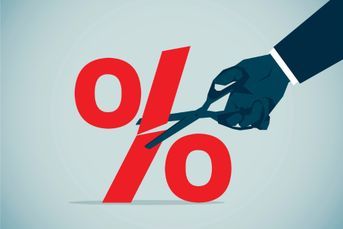Dow surpasses 25,000 for first time, as bull market storms into 2018
Better than expected year-end manufacturing and private payrolls data in U.S. fuel bets that growth and tax breaks will buttress earnings.
It’s a new year and an old pattern in equities, with the Dow Jones Industrial Average sailing past 25,000 for the first time as the bull market rages on.
Gains in companies from Boeing Co. to Wal-Mart Stores Inc. lifted the blue-chip index past the first round-number level of this year after breaching five similar milestones in 2017. It took the measure 35 calendar days to achieve the feat, tying the fastest move on record. The gain of 1,000 points was just over 4 percent.
The gauge broke out of sideways trading in the last two weeks of 2017 as better than expected manufacturing and private payrolls data in the U.S. fueled bets a growth pick-up and tax breaks will buttress earnings. The Dow and the S&P 500 posted their best performance since 2013 last year, fueled by a synchronous expansion in the global economy and a go-slow approach toward withdrawing monetary-stimulus in major markets.
The Dow gained 0.3 percent to 25,006.02 as of 9:35 a.m. in New York. The S&P 500 reached an all-time high, rising 0.3 percent to 2,722, while the Nasdaq Composite advanced 0.4 percent to 7,096.
Learn more about reprints and licensing for this article.








